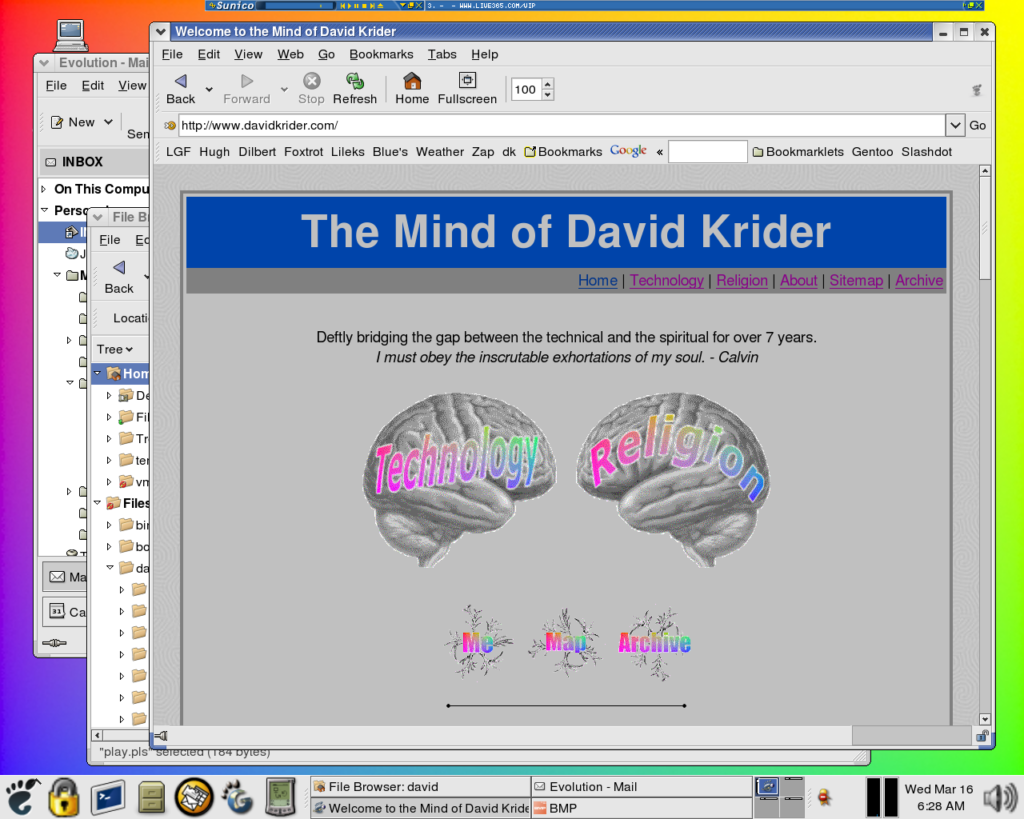There is nothing wrong with women. There is nothing wrong with girls in STEM. There are many women and many girls who, in spite of everything, love STEM-related disciplines. Some of them even go through 4-year bachelors degrees at MIT, maybe even 7 years of a PhD, and then begin questioning whether they should continue in these fields, because they are filled to the brim with so, so many shitty men.
Source: Remove Richard Stallman – Selam G. – Medium
If you’re someone who has wondered what it is that people are going on about when they talk about “the patriarchy,” feel free to read about Harvey Weinstein and Jeffery Epstein. Their behavior has been revealed as abhorrent, sure, but the real problem coming to light is the enormous wealth and influence of people and organizations which protect people like this. It been revealed as absolutely, positively systemic.
Harvard, MIT, Hollywood, even Bill Clinton have been exposed as facilitating this sort of thing. And the relatively subdued reaction from big news organizations makes me think they’re part of the same problem. I mean, look at Matt Lauer. You think NBC execs didn’t know there was a long-standing problem there?
As of now, I’ve read articles by two of the most prominent programmers on the planet, who have split hairs to come up with positions that sound so much like they are defending Epstein, that it becomes indistinguishable to the average person.
Eric Raymond, says:
No, Jeffrey Epstein is not a pedophile. This is important. If conservatives keep misidentifying him as one, I fear some unfortunate consequences.
Dammit, conservatives, don’t spend your credibility in an overheated fling at Epstein lest you find you’re out of rhetorical ammunition and allies when the real monsters need to be taken down.
That’s funny. I would have though that “monster” would have been the perfect word to describe Epstein. Making sex slaves of young women seems monstrous, regardless of their age. ESR says he falls short of such categorization.
Stallman works at MIT, and is the head of the most-prominent open source organization in the world. Both of these people are brilliant, by any definition, but they can’t wrap their heads around the fact that Epstein’s actions are indefensible, in any way, shape, or form. This woman writes a scathing rebuke of Stallman’s piece, and many comments on her article are white-knighting Stallman! Gah! I literally can’t even!
I mean, in case you are dubious of how bad it could be, here’s a quote from Stallman’s own archive page: “I am skeptical of the claim that voluntarily pedophilia harms children. The arguments that it causes harm seem to be based on cases which aren’t voluntary, which are then stretched by parents who are horrified by the idea that their little baby is maturing.”
You can’t defend the indefensible! It’s literally right there in the definition of the word. Like a lot of other things in our nation, we debate the semantics, and never get to the root. The real problem here is that there are a LOT of (white, male) people in our country who, somehow see a way to allay what people like Weinstein and Epstein have done. They explain, in tortured detail, to the rest of us, what must have actually transpired, and how it wasn’t as bad as we think, if we were only smart enough to understand the shades of gray in the matter. And, all the while, they fail to see how this walks and talks like a duck called “defense.”
A lot of people on the right write off “liberals” who are trying to draw attention to these things, but our society has an undeniable problem here. It’s not just a few bad apples. There are entire industries and segments of the economy infected with this disease, and it’s propped up on patriarchy and white privilege. It’s time for people on the right to call a spade a spade, and admit there are systemic problems that are being revealed by scandals like Epstein’s and Weinstein’s.
Update! This is the story that keeps on giving! A new book alleges that Weinstein blackmailed NBC to prevent them from reporting stories about his sexual abuses by threatening to go public about Lauer’s abuses. If true, it proves my insinuation above that NBC execs were complicit with what was happening, and brilliantly illustrates the patriarchal power structure in play at huge companies like The Weinstein Company and NBC/Comcast.






